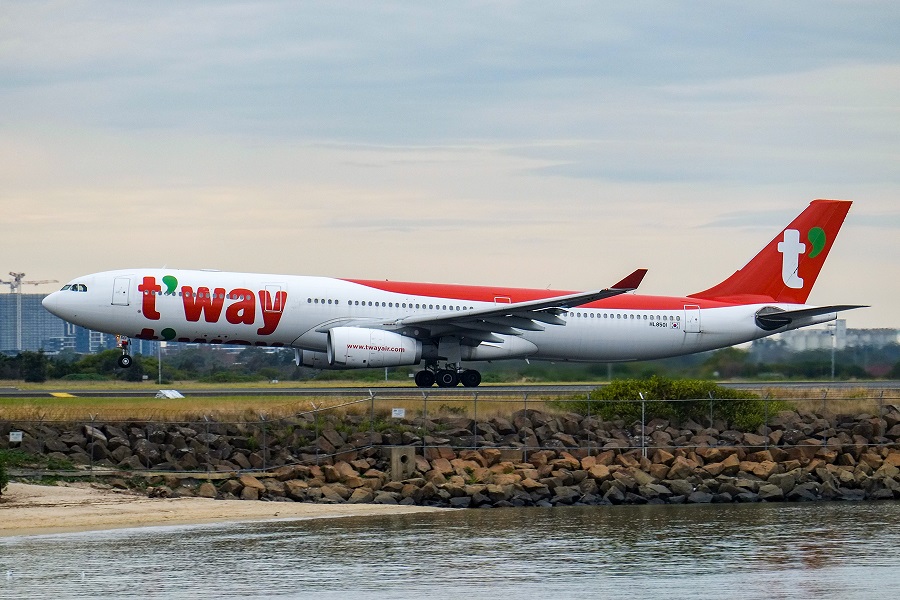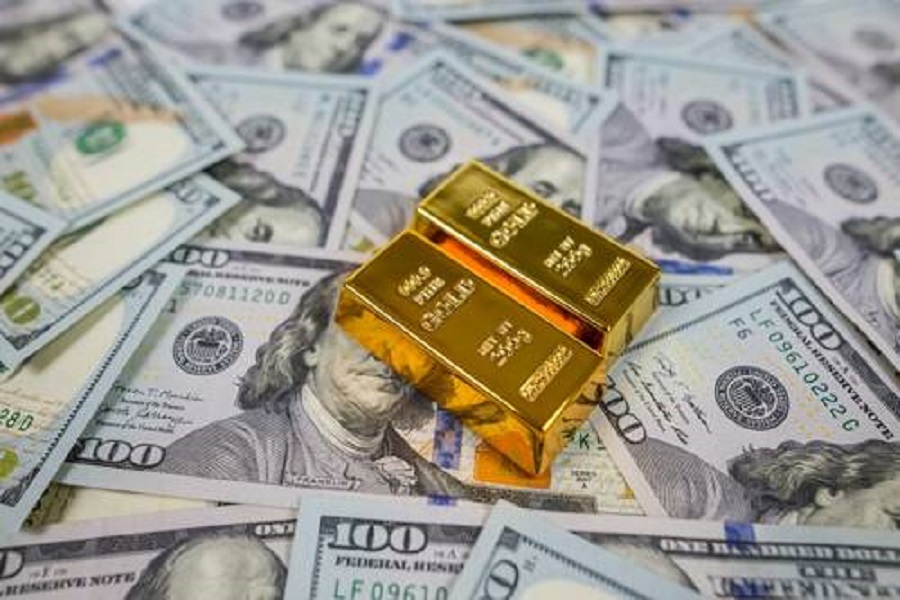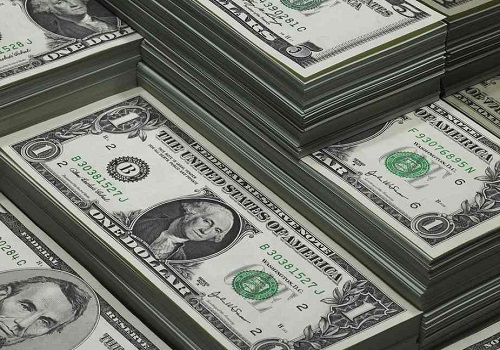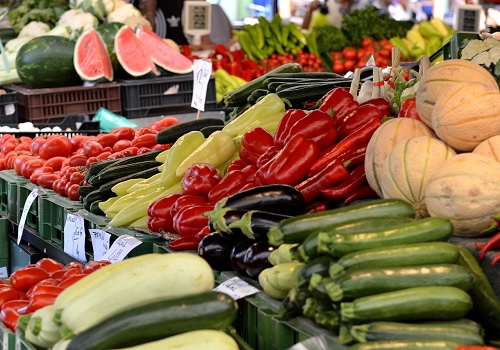Chandrayaan-3 spacecraft mated at top of India`s heavy lift rocket LVM3
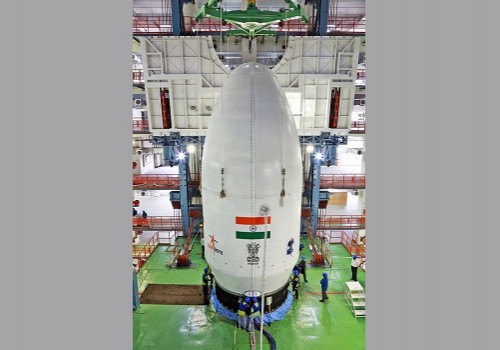
India on Wednesday took another step towards its third moon mission by mating the encapsulated assembly holding the Chandrayaan-3 spacecraft.
“Today (Wednesday) at Satish Dhawan Space Centre, Sriharikota, the encapsulated assembly containing Chandrayaan-3 is mated with LVM3,” Indian Space Research Organisation (ISRO) said.
The LVM3 is India’s heaviest rocket that will carry the Chandrayaan-3 spacecraft with a lander and a rover. It will put the spacecraft or orbiter in a designated orbit, and from there, the spacecraft will start its long journey of about 3.84 lakh km towards the moon.
The spacecraft carries a lander called Vikram. The lander, in turn, carries a rover called Pragyan.
The total weight of the spacecraft is 3,900 kg or 3.9 ton which is a tad lower than the total carrying capacity of the LVM3 rocket.
The orbiter or the propulsion module as ISRO named it weighs 2,148 kg, and the lander 1,752 kg, including the rover.
Incidentally, the Chandrayaan-2 payload weighed about 3.8 ton with the orbiter weighing 2,379 kg, the Vikram lander 1,471 kg including the Pragyan rover 27 kg.
India’s mission to the moon is tentatively slated for July 13 while the launch window is open between July 12 and July 19.
“We have the launch window between July 12 and July 19. The exact date has not been finalised,” a senior Indian Space Research Organisation (ISRO) official, not wanting to be named, told IANS.
The main purpose of Chandrayaan-3 is to safely land the lander on the moon soil.
Following that, the rover will roll out to do the experiments. As regards the changes made in the lander this time as compared to the one that crash landed on the moon during the Chandrayaan-2 mission, the official said the lander will have four motors instead of five.
The space agency has also carried out some changes in the software.
According to ISRO, the propulsion module has Spectro-polarimetry of Habitable Planet Earth (SHAPE) payload to study the spectral and Polari metric measurements of Earth from the lunar orbit. The lander payloads are: Chandra’s Surface Thermophysical Experiment (ChaSTE) to measure the thermal conductivity and temperature; Instrument for Lunar Seismic Activity (ILSA) for measuring the seismicity around the landing site; Langmuir Probe (LP) to estimate the plasma density and its variations.
A passive Laser Retroreflector Array from NASA is accommodated for lunar laser ranging studies.
On the other hand, the rover will carry: Alpha Particle X-ray Spectrometer (APXS) and Laser Induced Breakdown Spectroscope (LIBS) for deriving the elemental composition in the vicinity of the landing site, the ISRO said.



